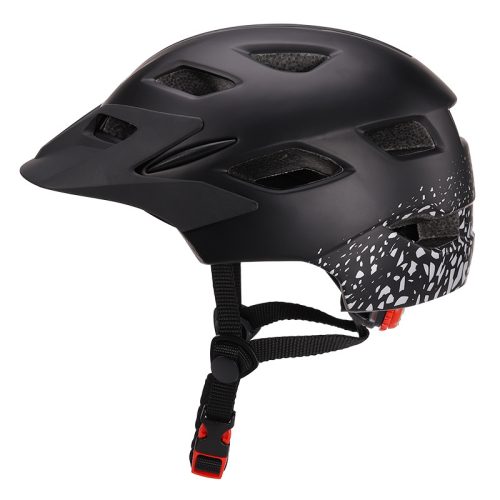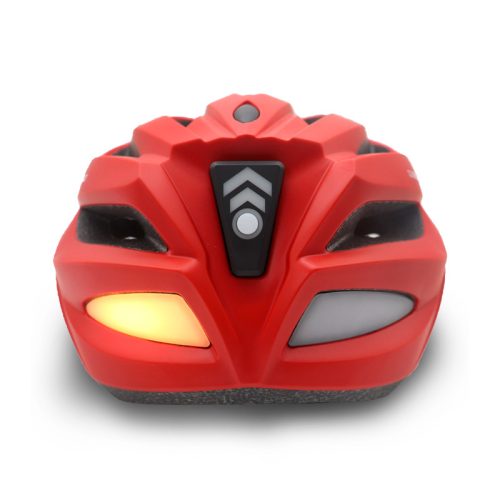The history of helmets and the evolution of headgear is a fascinating journey that spans centuries. Helmets have played a crucial role in protecting the heads of warriors, athletes, and workers from various hazards. Here is a brief overview of the history and evolution of headgear:
- Ancient Helmets:
- The earliest helmets date back to ancient civilizations. They were often made of leather, bronze, or iron.
- Greek and Roman soldiers wore helmets made of bronze, typically designed with a face guard or cheekpieces to protect the face.
- Medieval Helmets:
- During the medieval period, knights and soldiers wore helmets made of steel. The great helm was a popular design and provided full-head protection.
- Different styles of helmets emerged, such as the bascinet, kettle hat, and sallet, which were designed for various combat scenarios.
- Industrial Revolution:
- The Industrial Revolution in the 18th and 19th centuries brought about the use of helmets in industrial settings to protect workers from falling objects and head injuries.
- Miners, construction workers, and factory workers began using helmets made of leather or metal.
- Military Helmets in the 20th Century:
- Military helmets saw significant advancements in the 20th century. World War I and World War II led to the development of helmets like the Brodie helmet, M1 helmet, and Stahlhelm.
- These helmets were designed for ballistic protection and included liner systems for comfort.
- Sports Helmets:
- The 20th century also marked the introduction of sports helmets, including football helmets, motorcycle helmets, and bicycle helmets.
- The first football helmet was introduced in 1893, and it evolved to include padding and face masks.
- Motorcycle helmets became more widespread in the mid-20th century, initially as simple leather caps and later as full-face helmets with visors.
- Modern Helmets:
- Modern helmets are made from a variety of materials, including plastics, composites, and lightweight metals.
- Helmets have advanced significantly in terms of design, impact protection, aerodynamics, and comfort.
- Specialized helmets have been developed for various sports and activities, each tailored to provide the best protection for the specific risks involved.
- Technology and Innovation:
- Advances in helmet technology have led to the integration of features like impact-absorbing foam liners, adjustable fit systems, ventilation, and visors.
- Innovations like MIPS (Multi-directional Impact Protection System) aim to reduce rotational forces on the brain during impacts.
- Customization and Style:
- Helmets are now available in a wide range of styles and colors to suit personal preferences.
- Customization options allow users to add graphics, logos, and unique designs to their helmets.
- Safety Standards:
- Today, safety standards and certifications, such as those from the Consumer Product Safety Commission (CPSC) for bicycle helmets, are used to ensure the effectiveness and quality of helmets.
The history and evolution of headgear reflect our ongoing commitment to protecting the head from various dangers, whether in battle, at work, or during sports and recreational activities. Helmets have come a long way from their early origins, and they continue to play a vital role in safeguarding lives and preventing head injuries.


